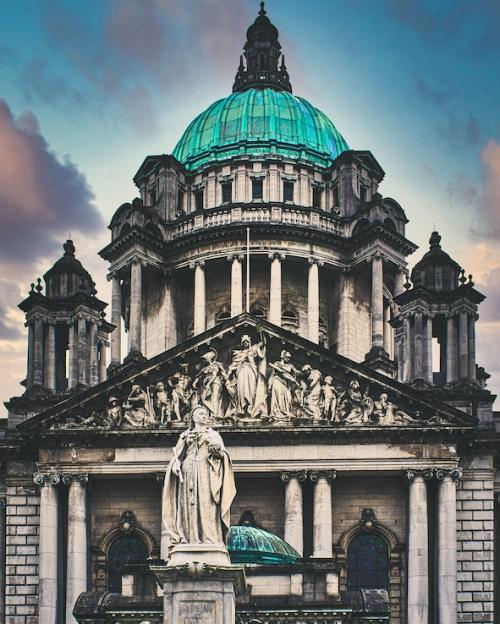President Joe Biden has departed on a four-day trip to Ireland. The timing of the trip coincides with the 25th anniversary of the Good Friday Agreement, which ended 30 years of conflict in Northern Ireland. The British intelligence service recently raised the terrorism threat level in Northern Ireland from “substantial” to “severe.”
Anil Menon is a postdoctoral fellow at Cornell University, where his research focuses on the historical and political legacies of trauma. He says it is important to put these threat assessment headlines in context.
Menon says: “Since the MI5 began publishing its threat assessments in 2010, Northern Ireland has, with one exception, been consistently categorized as experiencing a ‘severe’ threat level. This speaks to the strong and lasting appeal of narratives within Northern Ireland society.
“The idea that violence is necessary for ousting the British and achieving a united Ireland has a long history in the Republican tradition. Though Sinn Fein – now the largest party in Northern Ireland – has long since abandoned the armalite for the ballot box, dissident Republicans remain wedded to a narrative that identifies violence as necessary to achieve a united Ireland.”
For interviews contact Adam Allington, cell: 231-620-7180, adam.allington@cornell.edu.




